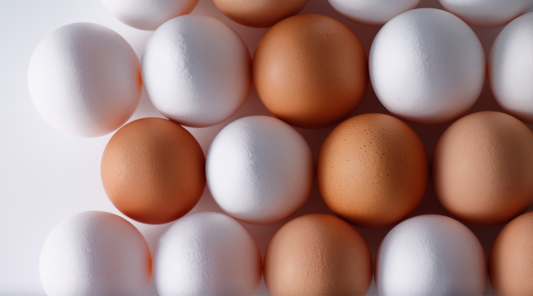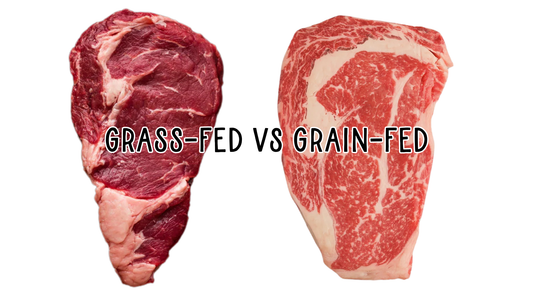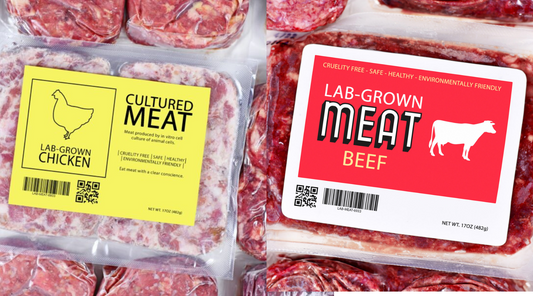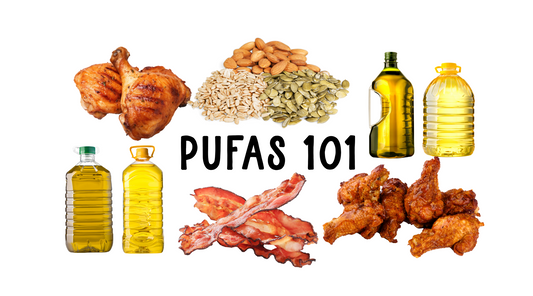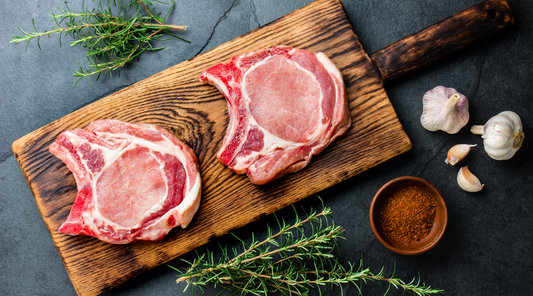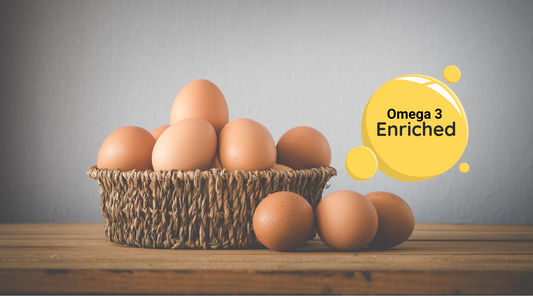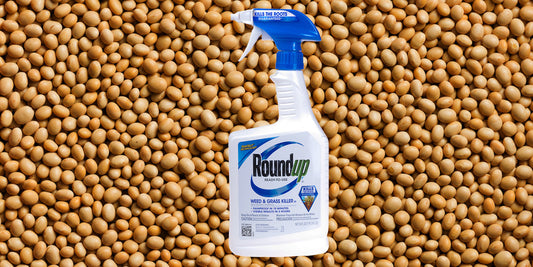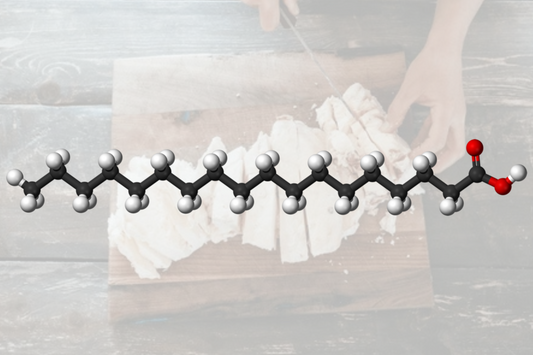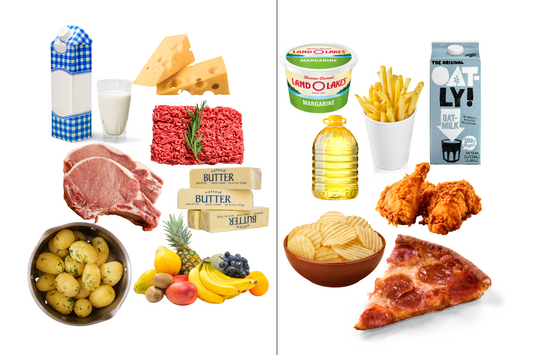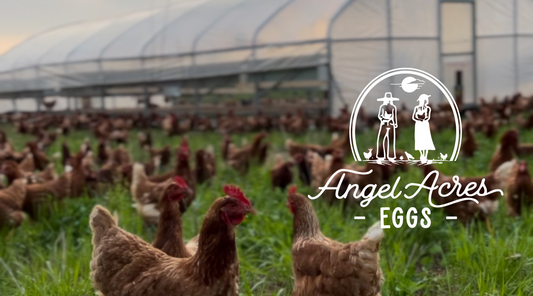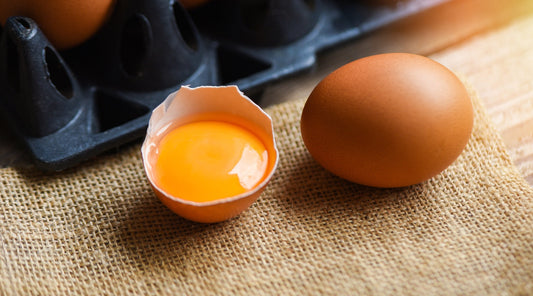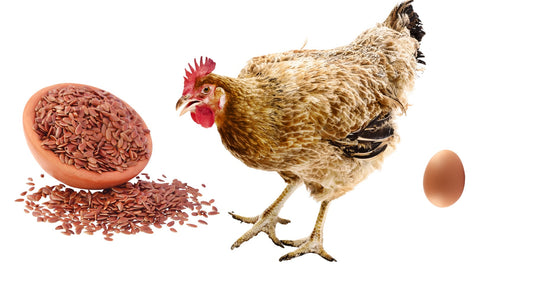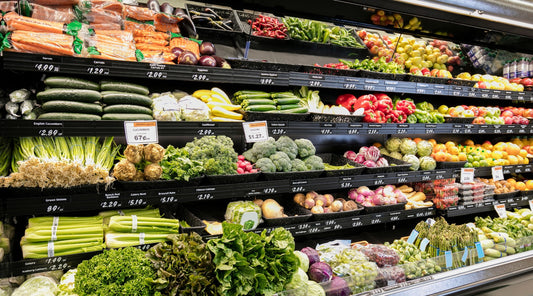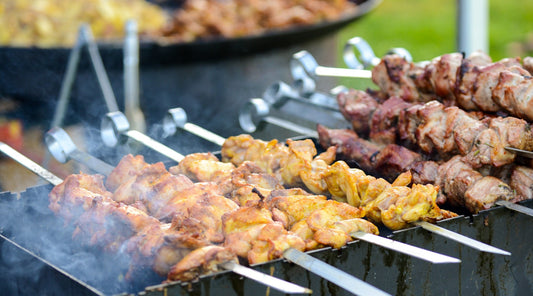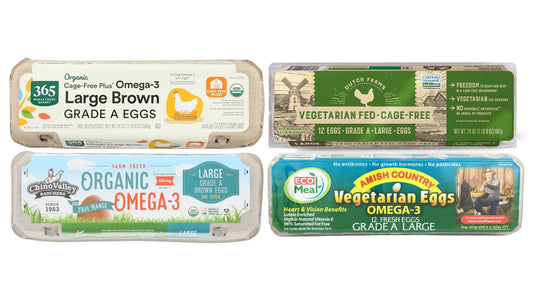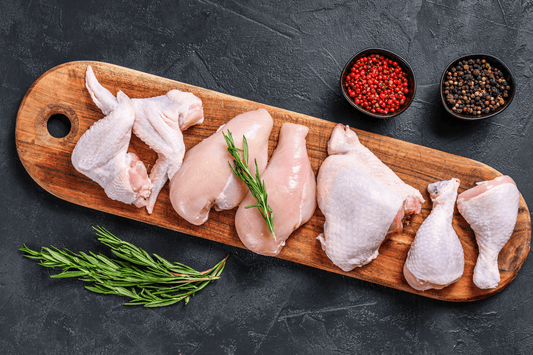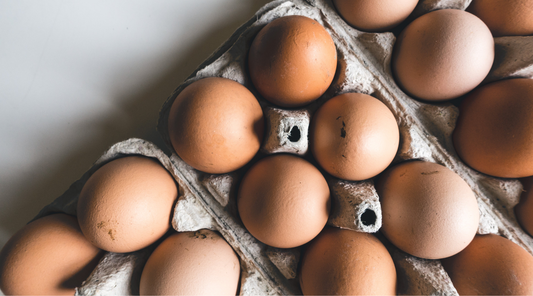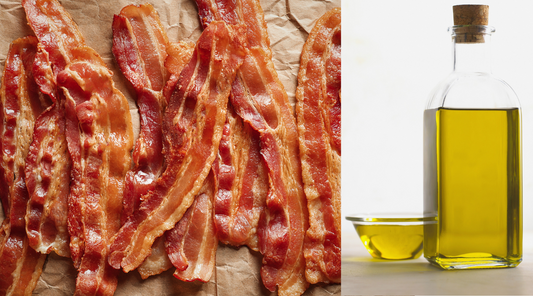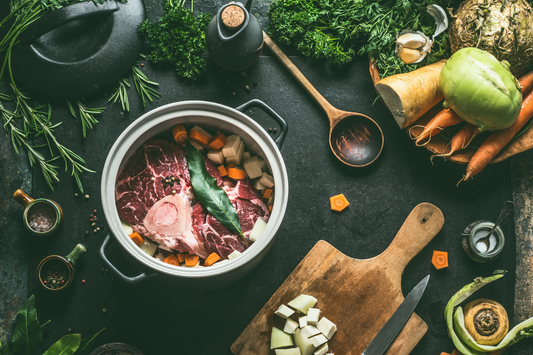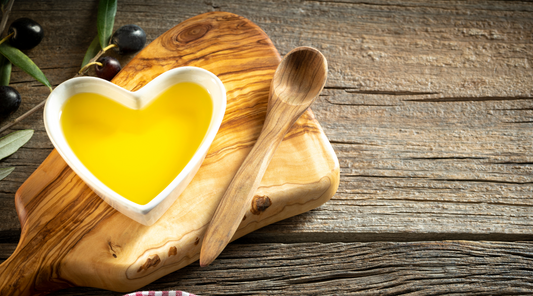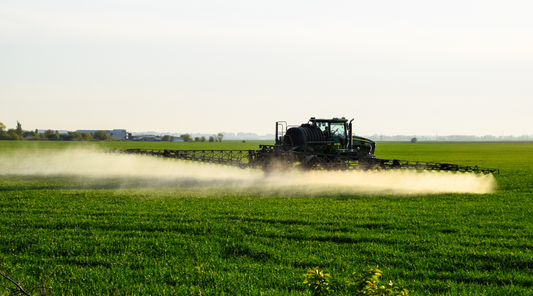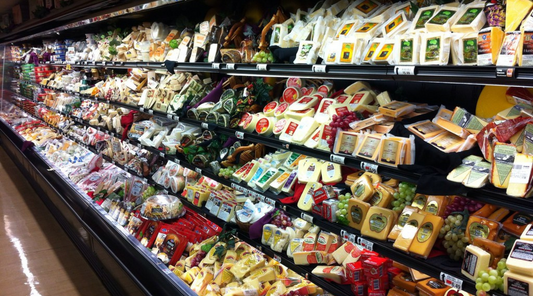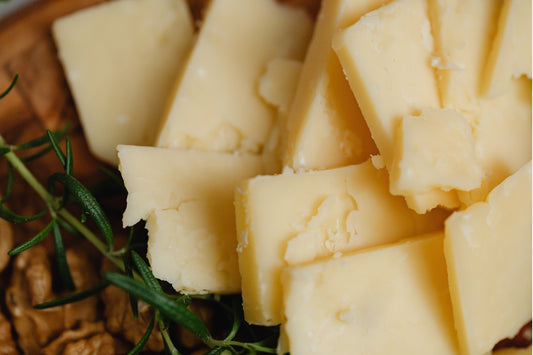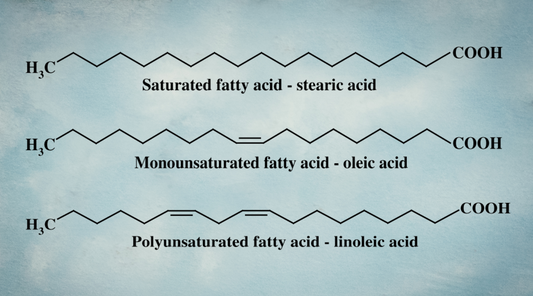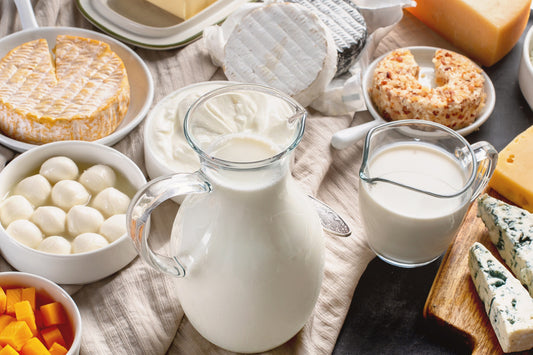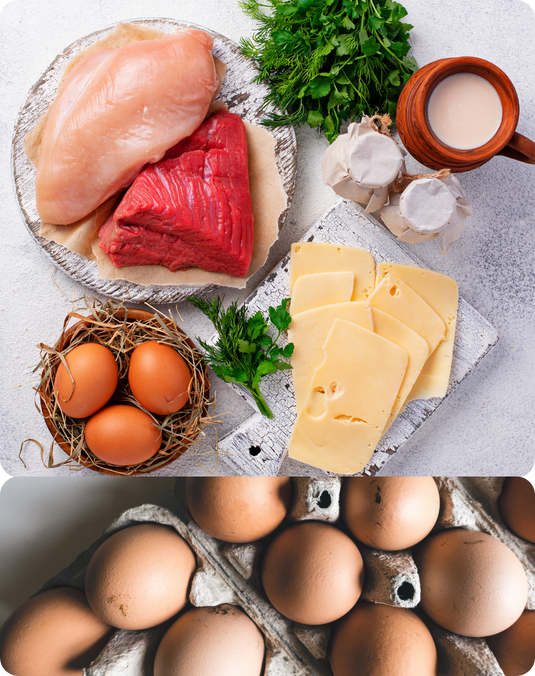
How to use Ancient Grains and Heritage Wheat
Flour used to be a staple in our ancestors’ diets. But over time, two major changes have taken place: genetic modification and widespread pesticide use, like glyphosate. We avoid both, creating a flour that’s closer to what your ancestors would recognize and easier to digest.
However, it’s important to realize that our flours are freshly milled from heritage and ancient grains, so they behave differently than modern, highly processed flours. You may not see as much rise, and some baked goods may turn out denser.
But the flavor is far superior, they’re easier to digest, and you get far more nutrients.
Here’s a quick guide to help you get the best results.
ROUGE DE BORDEAUX WHEAT (Heritage Flour)
A heritage wheat once beloved across the Bordeaux region of France, Rouge de Bordeaux was the original grain used for some of country’s most iconic breads, including the classic French baguette. Rouge de Bordeaux is prized for its deep, nutty aroma, rich color, and excellent baking performance, lending rustic charm and a taste of the French countryside to your kitchen.
With a protein content just over 13%, Rouge de Bordeaux flour performs beautifully in sourdough artisan loaves and sourdough baked goods. Because it’s a heritage grain that’s traditionally stone milled, it retains a bit more bran and germ (adding nutrients, depth of flavor, and a naturally darker crumb) relative to the common bleached and finely milled flours many are used to today.

Traditional Uses of Rouge Flour:
Breads
- Sourdough artisan loaves – classic French-style sourdoughs with nutty, rich flavor.
- Rustic country breads – dense, flavorful loaves typical of rural French bakeries.
- Baguettes – produces a chewy, deeply flavored crumb.
- Pain de campagne – traditional French country bread, often mixed with other flours.
Breakfast & Porridge
- Hearty muffins and quick breads – rustic texture with a slightly sweet, nutty taste.
Savory Items
- Pizza dough – artisan-style crust with rich flavor.
Specialty Uses
- Blended breads – combines well with lighter flours for softer loaves while keeping deep flavor.
TURKEY RED WHEAT (Heritage Flour)
A historic heritage wheat brought from Russia to the American Midwest by Mennonite farmers in the late 1800s, Turkey Red helped turn the plains of Kansas into America’s breadbasket. With its nutty, slightly sweet flavor and warm golden hue, Turkey Red lends a hearty, wholesome character to breads and baked goods, a true taste of rustic prairie charm and America’s early breadmaking heritage.
With a protein content around 12–13%, Turkey Red flour performs beautifully in sourdough and yeast breads, offering excellent structure and a rich, nutty flavor. Because it’s a heritage grain that’s traditionally stone milled, it retains more bran and germ (adding nutrients, depth of flavor, and a naturally golden hue) relative to the common bleached and finely milled flours many are used to today.

Traditional Uses for Turkey Red Wheat Flour:
Breads
- Rustic prairie breads – dense, chewy loaves reflecting early American wheat baking.
- Sourdough and yeast-leavened loaves – excellent for sandwich and artisan breads.
- Dinner rolls and sandwich rolls – tender yet hearty.
Breakfast & Porridge
- Biscuits and quick breads – slightly nutty flavor and richer crumb.
Savory Items
- Pizza dough – strong gluten produces a chewy, flavorful base.
Specialty Uses
- Blended artisan breads – pairs well with lighter flours to balance structure and tenderness.
SPELT (Ancient Grain)
One of Europe’s oldest cultivated wheats, spelt has been grown for over 5,000 years, sustaining ancient civilizations from the Fertile Crescent to the European Alps. Revered for its hardy nature and nutty, slightly sweet flavor, spelt has nourished generations while remaining largely unchanged by modern industrial breeding.
With its mild, slightly nutty flavor and moderate gluten content, spelt flour works beautifully on its own in quick breads, pancakes, muffins, cookies, flatbreads, and pizza dough (recipes that don’t require a strong, elastic gluten network).
However, since its gluten is more delicate, spelt does not perform well alone in traditional sourdough or high-rise yeast breads. It shines when blended with stronger flours like Turkey Red or Rouge de Bordeaux, adding tenderness, flavor, and a touch of ancient grain character to artisan loaves and rolls.

Traditional Uses for Spelt Flour:
Breads
- Rustic spelt sourdough – often blended with stronger flours for structure, producing a tender, slightly nutty loaf.
- Spelt sandwich bread – lighter, flavorful loaves suitable for everyday sandwiches.
- Quick breads – soda breads or tender yeast-free loaves.
- Flatbreads – European-style spelt flatbreads or Italian piadine.
Breakfast & Porridge
- Spelt porridge – warm and creamy, can be sweet or savory.
- Spelt pancakes and waffles – tender, nutty, slightly sweet.
Savory Items
- Spelt crackers – crisp or thin, often seasoned with seeds, herbs, or spices.
- Spelt pasta or noodles – traditional European-style fresh pasta or gnocchi.
Specialty Uses
- Muffins and bars – adds a delicate crumb and nutty flavor.
- Blended artisan breads – combines well with stronger flours to produce tender, flavorful loaves.
MILLET (Ancient Grain)
One of the world’s oldest cultivated grains, millet is an ancient gluten-free cereal grain that's been grown for thousands of years across Africa and India, nourishing generations with its wholesome, versatile character.
With its naturally sweet flavor and tender texture, millet flour works beautifully on its own in porridges, hot cereals, flatbreads, crepes, pancakes, muffins, cookies, and tender quick breads (recipes that don’t rely on gluten for structure.)
However, since it is naturally gluten-free, millet flour does not stand alone for yeast-leavened or sourdough breads, but it shines when blended with wheat, spelt, or other flours to add lightness, subtle sweetness, and a touch of heritage grain goodness to loaves, rolls, and other baked goods.

Traditional Recipes that use millet flour =
Breads
- Millet flatbreads – traditional African or Indian unleavened breads.
- Quick breads – tender gluten-free loaves or muffins.
- Gluten-free sandwich breads – blended with other flours for structure.
- Cornbread-style loaves – adding millet for lightness and sweetness.
Breakfast & Porridge
- Millet porridge – creamy, naturally sweet, and nourishing.
- Millet pancakes – tender, slightly sweet, can be made gluten-free.
- Millet crepes – thin, delicate, and naturally light.
Savory Items
- Millet crackers – crisp, gluten-free, often with seeds or herbs.
- Millet flatbread wraps – soft or lightly toasted for sandwiches.
- Savory muffins – with vegetables, herbs, or cheese for hearty snacks.
Specialty Uses
- Gluten-free baked goods – cakes, cookies, and bars using millet as a base.
- Blended artisan breads – adds lightness, subtle sweetness, and ancient grain character.
- Millet porridges or breakfast bowls – enhanced with fruits, nuts, or spices.
RYE (Ancient Grain)
One of Europe’s oldest cultivated grains, rye has been grown for thousands of years, especially across Northern and Eastern Europe, where it sustained communities through harsh climates. Revered for its hardiness and distinctive earthy, slightly tangy flavor, rye has remained largely unchanged by modern industrial breeding.
With its earthy, slightly tangy flavor and low gluten content, rye flour works beautifully on its own in dense, rustic breads, flatbreads, pancakes, crackers, and muffins (recipes that don’t rely on strong gluten for structure).
However, because rye has limited gluten, it does not perform well alone in airy sourdough or yeast-leavened breads. It shines when blended with stronger flours like Turkey Red or Rouge de Bordeaux, adding flavor, moisture, and a touch of ancient grain character to loaves, rolls, and artisan breads.

Traditional Recipes that use rye flour =
Breads
- Pumpernickel bread – dense, dark, slightly sweet German bread.
- Sourdough rye – a blend with wheat for structure, with tangy flavor.
- Rye sandwich bread – classic Eastern European rye, sometimes with caraway seeds.
- Borodinsky bread – Russian rye bread flavored with coriander and molasses.
- Flatbreads and crispbreads – Scandinavian-style knäckebröd or traditional rye flatbreads.
Breakfast & Porridge
- Rye porridge – a warm, creamy dish, common in Nordic and Eastern European cuisine.
- Rye pancakes (Rye flapjacks) – hearty pancakes often served with savory toppings.
Savory Items
- Rye crackers – thin, crisp, often with seeds like caraway, fennel, or sesame.
- Rye noodles or dumplings – traditional in some Slavic and Germanic cuisines.
>> Shop pesticide-free, nutrient-rich Heritage and Ancient Grains




